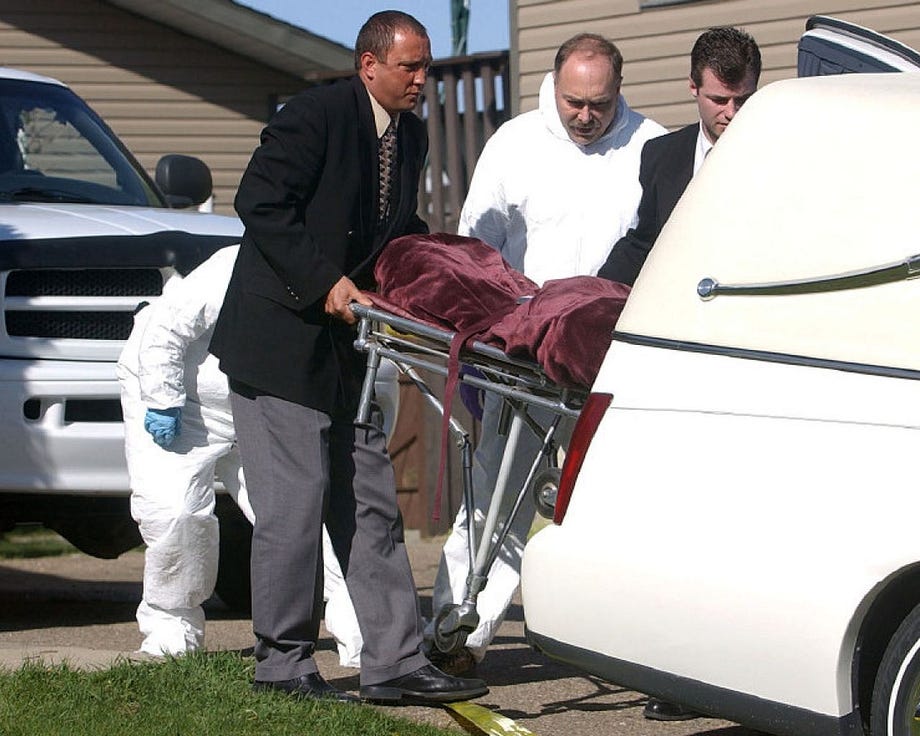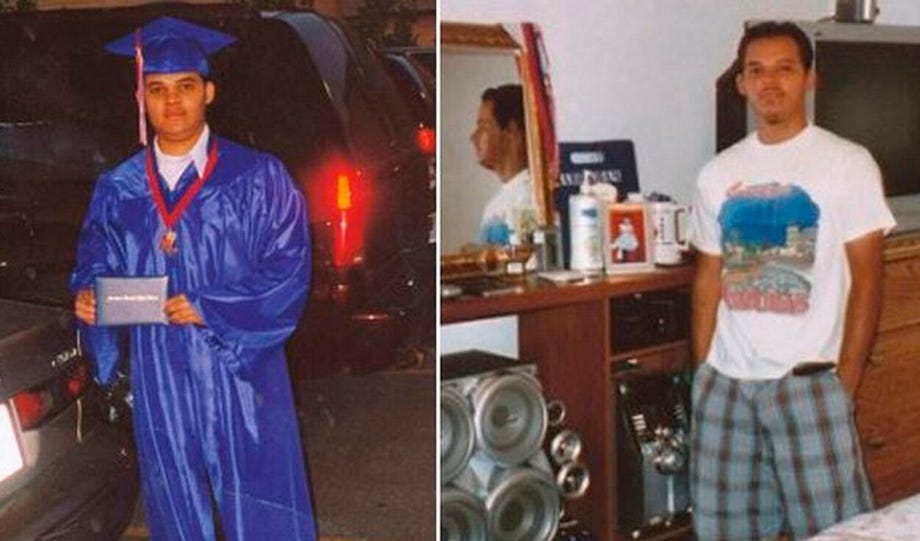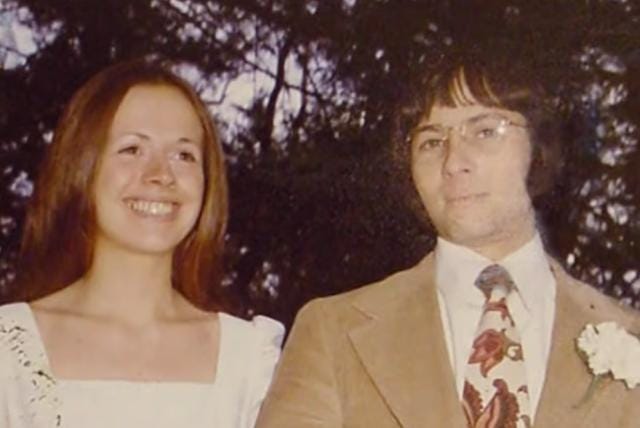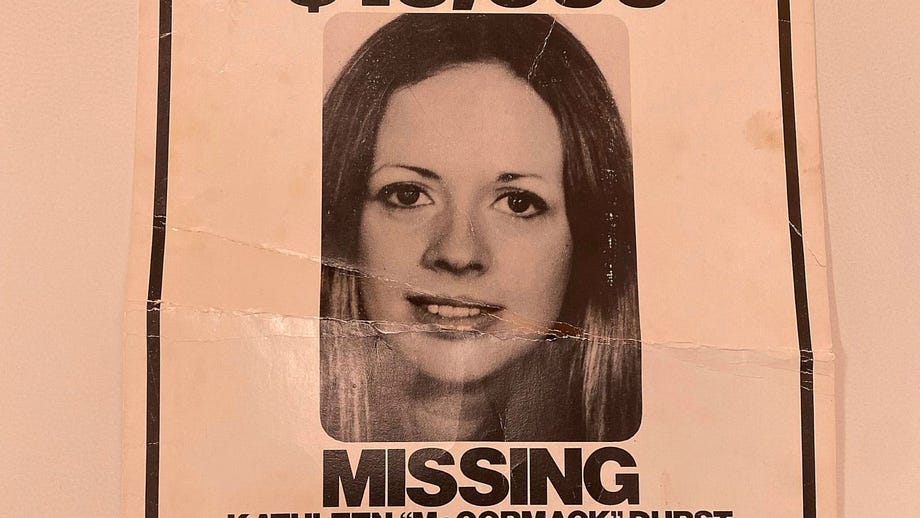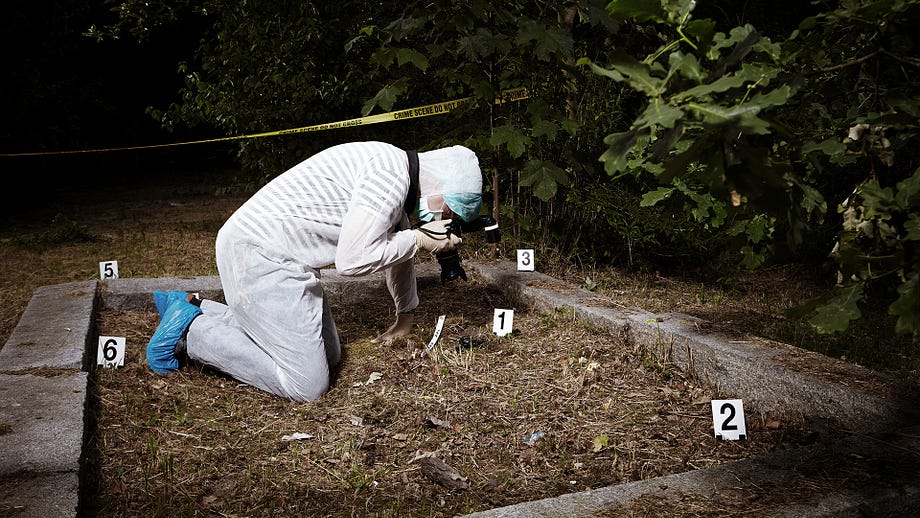How easy can it be to get away with murder time and time again?

There is a saying in law enforcement, that there is no such thing as a perfect crime.
There is always evidence left somewhere, a strand of hair, a DNA sample, a fingerprint, a fiber of clothing, or a grain of dirt that doesn’t belong at the crime scene.
There is always someone who has seen something, has heard something, or knows something.
The only way that a serial killer gets away with murder time and time again is not because they have committed the perfect crime, nor that they are criminal geniuses, but because there is an imperfect investigation that misses crucial incriminating evidence.
Such was the case with Arthur John Shawcross, destined to become known as the Genesee River Killer.
The Impulses of a Killer
He wasn’t your typical serial killer who had a screw loose and started strangling cats and drowning dogs at an early age. It wasn’t ingrained in his DNA. It was just something he did, killing people, but after the first two murders, he found that he liked it, enjoyed the feeling of powerfulness – and just had to keep doing it again and again.
Like most serial killers, though, he had no sympathy, no empathy, and no feelings whatsoever toward his victims.
They were after all victims, their lot in life just to die at his hands.

But his career as a serial killer didn’t really go to plan even from the very beginning.
Born in 1945 in Kittery, Maine, his family moved to Watertown, New York when he was still young.
At the age of 21 in 1967, he was drafted and sent to serve in the Vietnam war. He came back scarred, claiming to have witnessed atrocities during the war that included beheadings and cannibalism.
His military record, however, stated that he was never placed in any combat situations, and all his stories were just tall tales.
Upon being discharged after one tour, he spent some time in Fort Sill in Oklahoma before moving back to New York with his second wife. His first wife, who he had had a child with, divorced him before he went into the army, and the second one divorced him soon after he came out. Both cited his strange behavior as a reason for getting the hell away from him.
Linda, his second wife, was most disturbed when her husband seemed to take a perverse pleasure in setting things on fire. The final straw for her came just before he was sentenced to five years in prison for arson and burglary.
She decided to get out before her name was burned to ash like his late-night projects and she was banged up in the cell next to him.
The Release of a Killer
Just short of two years, Shawcross was released early in 1971, partly due to his timely rescue of a prison guard during a riot, and his good behavior over the last 22 months.
It was a big mistake. The first.
No sooner was he released than, amazingly, he got married for the third time – and killed for the first time.
His first victim was a 10-year-old boy called Jack Owen Blake on May 7, 1972. His second was 8-year-old Karen Ann Hill on September 2. Both were raped and mutilated.
Shawcross was tied to the murder of Karen Ann Hill with witnesses testifying to seeing him with her on the night of her disappearance; shortly afterward an anonymous tip-off linked him to the murder of young Jack Owen Blake.
He was arrested on September 3 and, on the advice of his lawyer, confessed to both murders as the evidence against him was undeniable.
Further lawyerly advice, who understood that his client was as guilty as guilty can be without being photographed over a dead body with a bloody knife, counseled pleading for a lesser charge of first-degree manslaughter on the proviso that Shawcross led the authorities to where he had disposed of his first victim.
At 27 years old, Arthur John Shawcross was sentenced to 25 years in jail.
He spent barely half of that time locked away before he was released early. Again.
During his incarceration, he had been a model inmate and social workers considered him rehabilitated and no longer a danger to society; the staff supported the social workers’ report that he should be given a second chance at life
Numerous, numerous psychiatrists balked at this decision, shocked to their core. They repeatedly issued stark warnings that Arthur John Shawcross was still an incredibly dangerous predator and stressed that they now considered him a full-blown psychopath.
And that he should never be released. Ever.
Shawcross To Be Freed Again?
But Shawcross didn’t appear to be your typical cold-eyed killer with pure evil lurking deep within his gaze, or a cruel sneer twisting thin, bloodless lips.
No, that wasn’t how he appeared, how he came across. To an observer, he was just your typical overweight man in his forties, harmless-looking who was pleasant to all the wardens and other inmates. And especially to the social workers.

The objections of the psychologists fell on deaf ears, their warnings ignored, their reports unheeded.
In April 1987, Arthur John Shawcross was released again.
Settling down in one city became problematic for the newly released convict, however, and many times he had to relocate with his new girlfriend, Rose Marie Walley when his presence became known in the area.
An oversight by his parole officer to notify the local authorities when he moved them to Rochester in October, allowed them to settle down somewhat. It wasn’t long before the inner darkness slipped out from behind his mask, and he was on the prowl again.
It was on 18 March 1988 that twenty-seven-year-old Dorothy Marie “Dotsie” Blackburn found the iron grip of Arthur John Shawcross clamped around her throat, squeezing the last vestiges of life from her limp frame.
Her body was found 6 days later and Shawcross, under no illusion that he was not a criminal mastermind, waited to be arrested. But the police were unaware of his presence in their area, and the fact that Dotsie was a working girl may have tempered their sense of urgency to track down her killer.
He made sure that his next two victims, Anna Marie Steffen who he murdered in July 1988, and Dorothy Keeler in July 1989, were disposed of in rivers, both bodies not being discovered until months later.
They had been killed in different ways so the police presumed that more than one killer was involved and pursued their investigation on that basis, unfocused, overlooking evidence, overlooking an inept serial killer who was literally getting away with murder right under their noses.
It wasn’t until after Shawcross had murdered Frances “Franny” Brown, his seventh victim in the area, that the newspapers began to splash his nickname across the front pages “The Genesee River Killer”, strikes again.

Shawcross realized that he had to be more careful as surely the police would be onto him by now. But they weren’t. Due to the randomness of his victims, even though most of them were prostitutes from the same area, they were no closer to catching him, even with a description.
What was going to undo this particular serial killer, though, was his urge to mutilate and cannibalize his victims.
More Victims of the Genesee River Killer
The urge became irresistible for him on his fifth victim, 30-year-old June Stotts, who he sliced open so he could eat her organs. It was a horrific sight, one that would have forever haunted the nightmares of the social workers who had seen fit to release him if they had witnessed this atrocity.
June Stott’s body was not discovered until a month later on November 23, 1989, by which time he was just about to murder victim number 9, Elizabeth “Liz” Gibson.
Darlene Tripp and June Cicero were murdered two days apart in December 1989, with both bodies destined not to be discovered until January 1990. From beyond the grave, June Cicero was going to make sure that Shawcross’s reign of terror was soon to be ended, even though eleven days after killing her, he went on to strangle Felicia Stephens on 26 December.
But how was June Cicero going to be his undoing?
Two days after strangling her on 13 December and hurling her lifeless body from a bridge near the Salmon River where it was hidden by foliage, Shawcross had returned to the scene of the crime.
He hadn’t returned to ensure that the body was still properly hidden, that it hadn’t been discovered but to cut off her genitals and eat them.
Even then he wasn’t caught in the act but his presence hadn’t gone unnoticed.
No alarm bells had been set off at the time from the eyewitness who had seen him urinating from the bridge, nor from the overhead police helicopter who had taken note of his license plate but didn’t pursue the matter any further.
That changed when first Felicia Stephen’s body was found on January 3, 1990, which was then followed by the discovery of June Cicero’s mutilated corpse two days later.

This set minds whirring into action – and to revisit any leads that may connect both victims together, no matter how tenuous the thread.
With too much of a coincidence that his name and presence were being traced back to his victims, as well as being known among the prostitutes, Shawcross was brought in for question on January 5, 1990, and his premises were searched.
Catching the Genesee River Killer
Shawcross denied everything until a necklace he had gifted to his girlfriend turned out to have belonged to one of his victims.
Finally, more by chance and Shawcross’s luck, the police had finally caught the Genesee River Killer. In November of that year, Shawcross was sentenced to 250 years for the horrific murders he had committed.
But he was still let out of prison one last time.
In November 2008, Shawcross was rushed to Albany Medical Center where he suffered a heart attack and died at the age of 63.













